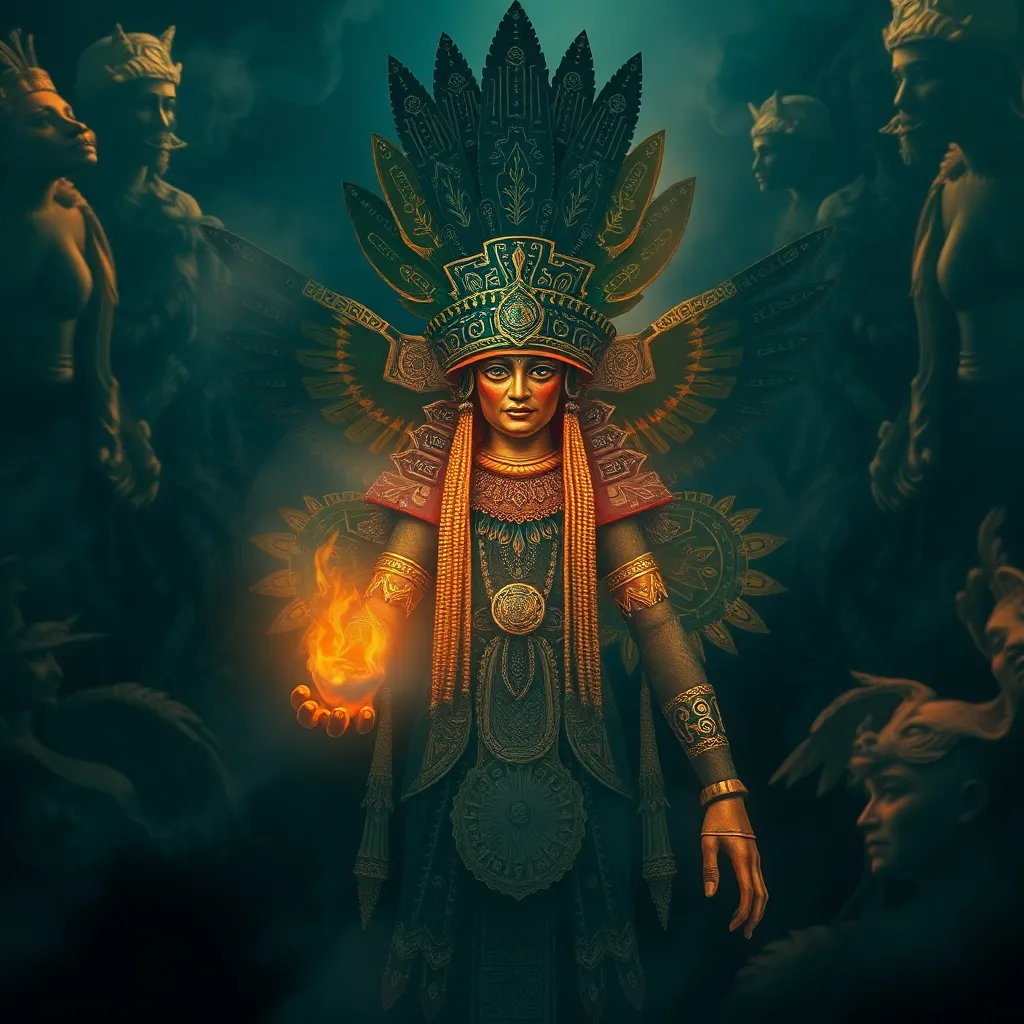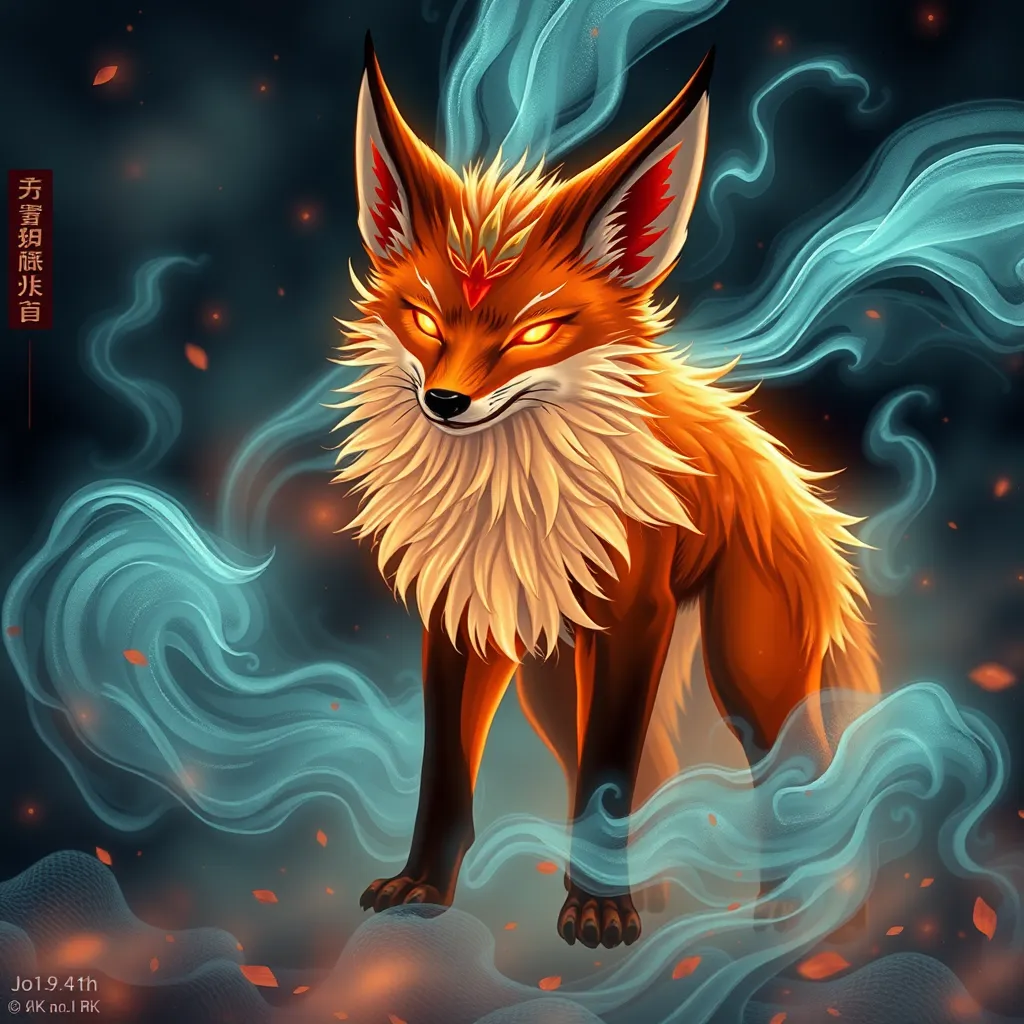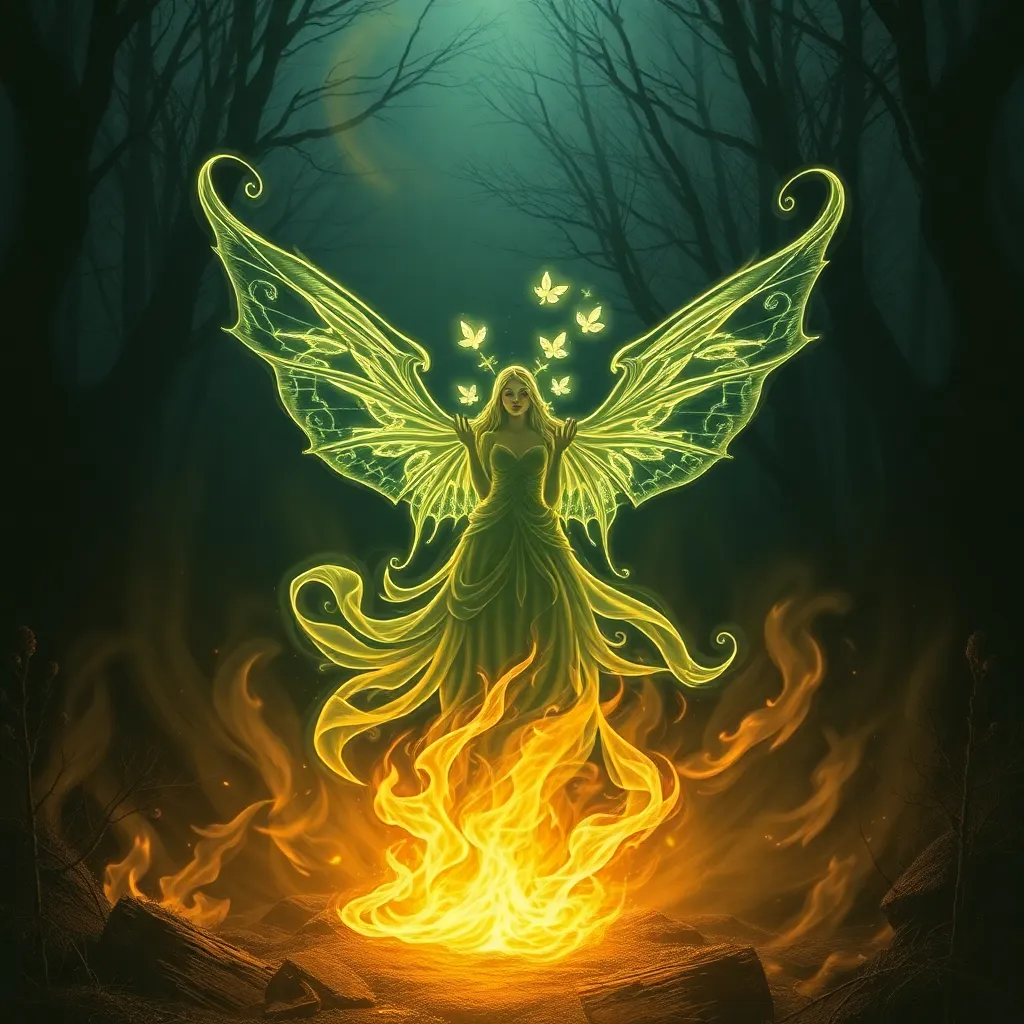Itzamná: The Mayan Patron of Arts and Culture
I. Introduction
Itzamná is a prominent deity in Mayan mythology, revered as a creator god and a patron of arts and culture. His significance extends beyond mere mythology; he embodies the rich cultural heritage of the Mayan civilization. Arts and culture played a crucial role in shaping Mayan society, influencing everything from religion to daily life. This article aims to explore the multifaceted role of Itzamná in the context of Mayan arts and culture, examining his historical significance, artistic patronage, literary contributions, and ongoing influence.
II. Historical Context of Itzamná
A. Origins and etymology of Itzamná
Itzamná’s origins are deeply rooted in the early formation of Mayan civilization. The name “Itzamná” is derived from the Yucatec Maya language, often translated as “lizard house,” symbolizing his connection to the earth and the cosmos. He is frequently depicted as an elderly man, often with features that suggest wisdom and knowledge.
B. Role in the Mayan pantheon
As a central figure in the Mayan pantheon, Itzamná is associated with creation, the sky, and wisdom. He is often considered the father of other gods and a guiding force for the Mayan people. His influence spans across various aspects of life, including agriculture, health, and, importantly, the arts.
C. Influence on various Mayan city-states
Itzamná’s worship was prevalent across many Mayan city-states, including Tikal, Palenque, and Chichen Itza. His influence varied by region, with different interpretations and local customs emerging. Nevertheless, his overarching themes of creativity and cultural expression remained consistent throughout the Mayan world.
III. Itzamná as the God of Arts
A. Patronage of various artistic forms (music, dance, painting)
Itzamná is celebrated as the patron of multiple artistic forms, including:
- Music: He is believed to inspire musicians and the creation of traditional instruments.
- Dance: Itzamná’s influence is evident in ceremonial dances, which are integral to Mayan rituals.
- Painting: Artistic expressions in murals and pottery often reflect themes associated with Itzamná.
B. Connection to craftsmanship and artisans
The god’s patronage extends to artisans and craftsmen, who looked to Itzamná for inspiration and guidance in their work. His influence can be seen in the intricate designs of textiles, pottery, and stone carvings that are hallmarks of Mayan artistry.
C. Examples of artistic expressions attributed to Itzamná
Artistic expressions attributed to Itzamná include:
- Mayan Codices: Illustrated manuscripts that depict mythological narratives and rituals.
- Murals: Walls adorned with vibrant colors and scenes from Mayan life, often conveying religious stories.
- Statues and Sculptures: Carvings that represent Itzamná and other deities, showcasing the skill of Mayan artisans.
IV. Itzamná’s Influence on Mayan Literature and Writing
A. Importance of glyphs and codices
The Mayan writing system, characterized by its intricate glyphs, was crucial for recording history, rituals, and literature. Itzamná’s influence is evident in the way these glyphs convey complex ideas and narratives.
B. Itzamná’s role in the creation of the Mayan writing system
Itzamná is often credited with the introduction of writing to the Maya, providing them with a means to document their culture and share knowledge across generations. His association with learning and wisdom underscores the importance of literacy in the Mayan world.
C. Notable literary works and their cultural significance
Several notable literary works highlight Itzamná’s influence, particularly:
- The Popol Vuh: A foundational text that recounts the creation of the world and the adventures of the Hero Twins.
- Mayan Codices: Such as the Dresden Codex, which contains astronomical and ritual information.
These works not only preserved the stories of the Maya but also reflected the artistic spirit encouraged by Itzamná.
V. The Impact of Itzamná on Mayan Rituals and Ceremonies
A. Rituals dedicated to Itzamná
Itzamná was honored through various rituals that celebrated creativity and the arts. Offerings, songs, and dances were integral to these ceremonies, showcasing the community’s devotion to their patron god.
B. Festivals celebrating arts and culture in his honor
Festivals dedicated to Itzamná often featured:
- Performances: Dance and music performances that honored the arts.
- Art exhibitions: Displays of artistic creations, emphasizing the importance of craftsmanship.
- Storytelling: Recitations of myths and legends that highlight Itzamná’s role in the Mayan cultural narrative.
C. The intertwining of art and spirituality in Mayan practices
Art and spirituality were deeply interconnected in Mayan practices. The creation of art was often viewed as a spiritual act, a way to communicate with the divine, and Itzamná’s presence was felt in every brushstroke, note, and dance step.
VI. Itzamná in Modern Interpretation
A. Contemporary representations of Itzamná in art and culture
Today, Itzamná continues to inspire contemporary artists and cultural practitioners. His image and attributes are often reinterpreted in modern art, reflecting both traditional themes and current societal issues.
B. The resurgence of interest in Mayan heritage and its implications
There has been a growing movement to revive and celebrate Mayan heritage, including arts and culture. This resurgence has led to:
- Workshops: Teaching traditional crafts and artistic techniques.
- Exhibitions: Showcasing the richness of Mayan culture in galleries and museums.
- Cultural festivals: Events celebrating Mayan history and contemporary expressions of art.
C. Influence on modern artists and cultural practitioners
Modern artists often draw inspiration from Itzamná and the broader Mayan pantheon, incorporating traditional elements into contemporary works that resonate with today’s audiences.
VII. Challenges in Preserving Mayan Arts and Culture
A. Threats to traditional practices and knowledge
Despite the resurgence of interest in Mayan culture, several threats persist, including:
- Globalization: The influx of foreign cultures can overshadow traditional practices.
- Urbanization: Migration to urban areas often leads to the loss of cultural traditions.
- Environmental changes: Changes in the landscape affect the availability of materials used in traditional arts.
B. Efforts to revitalize and maintain cultural heritage
Communities and organizations are actively working to preserve Mayan arts and culture through educational initiatives, cultural exchanges, and support for local artisans.
C. The role of education in sustaining Itzamná’s legacy
Education plays a vital role in sustaining Itzamná’s legacy. By teaching younger generations about their heritage, including traditional arts, practices, and the significance of Itzamná, communities can ensure that this rich cultural legacy endures.
VIII. Conclusion
Itzamná’s significance in Mayan arts and culture is profound and multifaceted. As a patron of creativity, he has left an indelible mark on the artistic expressions, literature, and rituals of the Maya. His enduring legacy serves as a reminder of the importance of arts and culture in human experience. As we reflect on Itzamná’s influence, we are called to preserve and celebrate the rich heritage of the Mayans, ensuring that future generations can appreciate and contribute to this vibrant cultural tapestry.




